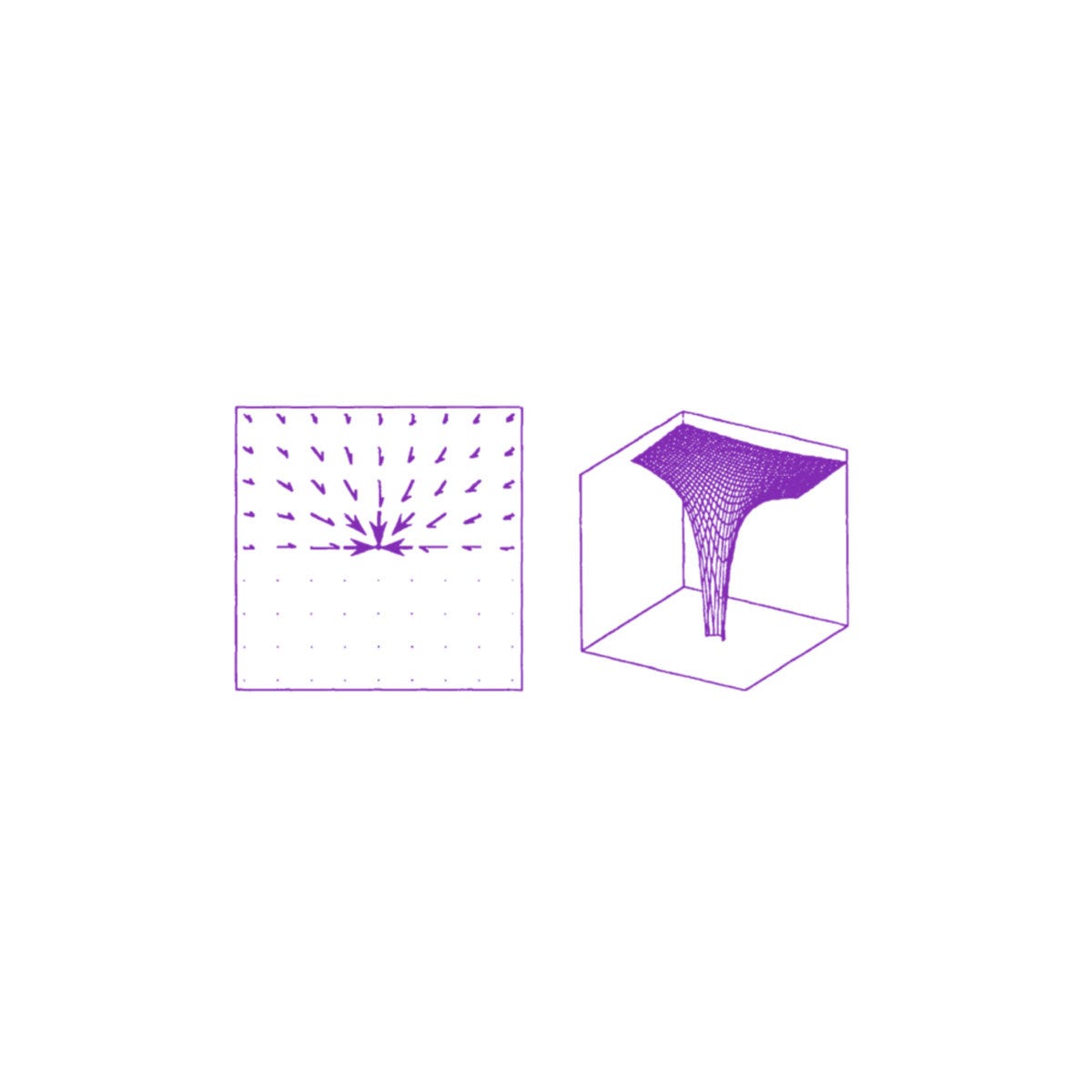With the release of my first project, "SPACES & GRAVITY" this weekend, I have reached an important milestone on my creative journey as the "Deaf Anthropologist."
"SPACES & GRAVITY" is the result of a collaboration with my wonderful wife, Claire, a contemporary dancer. Together, we developed a dance performance (Claire) with live music (myself) for the second edition of the Sternstundenfestival in July 2024 in Hamburg. The festival took place on the historical grounds of the Hamburg Observatory, utilizing the surrounding telescope domes as performance spaces. We were given the unique opportunity to premiere our performance inside the dome of the Oskar-Lühning Telescope (you can see us and the show from 1:12 in the video below)
Our idea was to interpret and translate, through music and dance, the concepts of spatiality and expansion (SPACES) along with the principles of attraction and gravity (GRAVITY) in response to the festival's thematic focus and its historical setting. We devised a simple storyline in five acts:
Origin – Growth – Climax – Decline – Dispersion
It was important to us to have a storyline that could guide us, but not one that was too rigid, allowing ample space for mutual improvisation. In fact, the only strictly choreographed part was the climax — a two-minute act where Claire and I acted in close coordination. The rest was largely improvised, with us relying on specific elements that served as transitions or checkpoints.
Our approach had several reasons. A practical one was that both of us were deeply involved in our professional lives and had only about three months left to develop the performance. We had informed the organizers that we would perform twice, each time for a maximum of 25 minutes—of which just over two minutes were to be choreographically complex, making it particularly demanding for Claire. For the remaining parts, Claire had the freedom to decide how and when to join in. During each performance, she danced and improvised continuously for almost 20 minutes — a truly impressive feat, both technically and artistically!
Another reason was that my set consisted of several M4L applications that worked with principles of randomness and probability. Some of these applications originated from the creative workshops of sound artist Dillon Bastan (particularly from the "Inspired by Nature" pack), as well as from the developers behind Amazing Noises and Sonic Faction.
I have adapted the applications to my needs and given the parameters symbolic names, e.g. based on organisms, as you can see in the screenshot below.
Those who have worked with these tools will know that they tend to develop a fascinating life of their own—exactly what I aimed for. The concept of "SPACES & GRAVITY" is based on the idea that all processes can be part of both order and chaos. I wanted to maintain the feeling that one is working with something that cannot be fully controlled, as it follows its own set of laws. It was entirely possible that something unexpected might occur during the performance, beyond my influence. This form of relinquishing control has a very invigorating quality. How does this sound? Here are some of the “ORIGIN” (first one) and “GROWTH”-Drone (second one) samples:
While I was able to guide patterns and pathways to a large extent, the instruments often behaved very dynamically, and the result sounded slightly different each time. Even the climax was not entirely static, but rather hybrid: static in the foreground with a fixed beat sequence and clearly arranged samples, dynamic in the background with subtle drones forming a foundational soundscape. Claire focused primarily on the beats in this segment, making it crucial for everything to have its place. Claire received choreographic advice and support from the choreographer of her ensemble, "Unfolding Shapes," Fiona.
A key element of this work was the opportunity to perform in a space with strong natural reverb. Where others might have seen challenges, I saw a wonderful opportunity. I wanted the sound of the live music to emerge organically from the room itself, inspired by environmental sound design. The space was meant to act as a resonator, ensuring that the beats did not become washed out in the reverb but instead retained their power and detail.
Together with Claire, I visited the telescope room several times, in coordination with the friendly staff of the observatory, to record samples of various sounds—such as those created when speaking, clapping, snapping fingers, breathing loudly, or shouting in the room. I incorporated these recordings into the drum racks and tried to simulate the natural reverb of the Oskar-Lühning Telescope in the studio using these samples. The result was highly satisfying and encouraged me to further develop my ideas.
The results of this wonderful collaboration can be heard on the release of "SPACES & GRAVITY" on my Bandcamp page. Both the studio version and the live version are available there—and as a special extra, there is also a limited-edition tape release with only 25 copies. (P.S.: Unfortunately, there is no continuous video recording of the performance, as my camera crashed during the recording. As a result, only some private recordings and photos exist.)
Anyone who has been following my Instagram account will have noticed that I provided weekly insights into the "SPACES" series over the past five months. This series led to the release and allowed me to continue experimenting even after the performance. With this release, I have decided to conclude the "SPACES" series and start a new one, building upon the lessons learned from the last project.






